2022 Subaru WRX First Drive: Heritage Just Isn't Enough
As the affordable sports car market enjoys a revival of its glory days, with revived classics (Integra, anyone?) and entirely new sport-line nameplates in the $30,000-ish price range popping up seemingly weekly, it's made it all that more challenging for manufacturers that have never given up on everyman performance to distinguish their offerings in this newly-crowded market. And so Subaru's all-new 2022 WRX, now entering its twentieth year of American production, has a tougher job to do than virtually any of its legendary predecessors. Not only does it need to make a compelling case for itself against the new kids on the block, it has to appeal to those wistfully recalling the glory days of McRae blasting a Group A monster through Scottish forests.
Subaru's consistency with the WRX formula continues into this fifth-generation car, but with a few twists. The basic ingredients of the 2022 model will be very familiar to long-time WRX aficionados: a turbocharged boxer-four is nestled into the engine bay and it, as always, powers all four wheels in a 50:50 torque split (although the automatic transmission shifts a bit more power rearward, with a 45:55 torque split, front/rear). Look deeper, and there are more similarities: displacement is now bumped up 400ccs from the outgoing model, to 2.4L, but despite the engine size increase the power is virtually unchanged with 271 HP and 258 lb-ft of torque on tap.
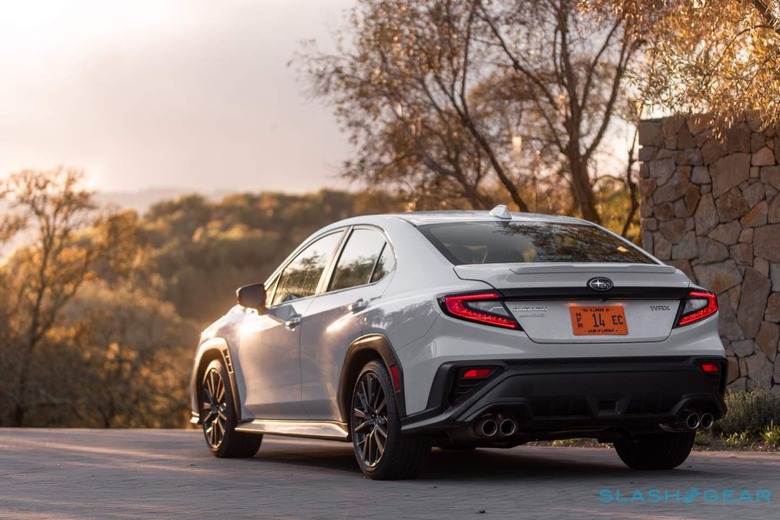
Weight is also nearly identical, with the newest base model sedan only packing on three extra pounds over its older sibling, for a 3,297 lb curb weight. As with 2021's WRX, a six-speed manual or Subaru's Variable Torque Distribution CVT automatic direct power from the flat-four to all four corners. Pricing is still unannounced, but I would expect it to be similar to the outgoing model too, likely coming in at just a tad under $30,000 after destination fees for the base trim.
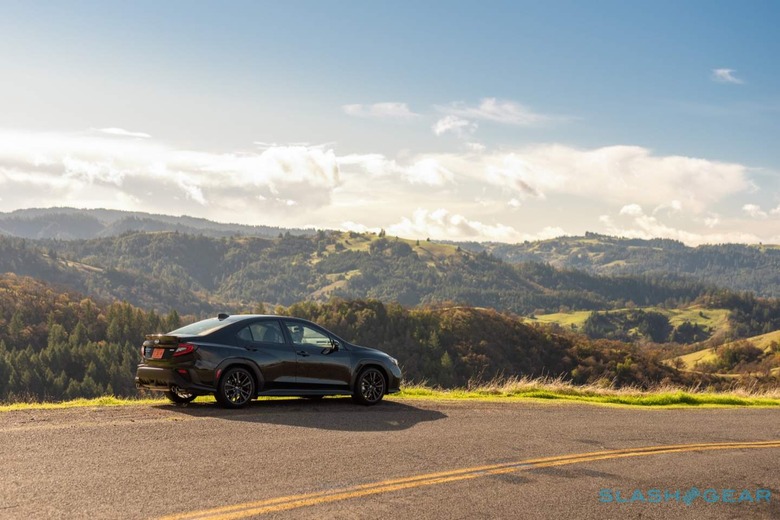
On the spec sheet, then, it sounds quite a bit like its older, retiring sibling. Laying eyes on it, however, makes it clear it's a bolder step than the statistics might imply.
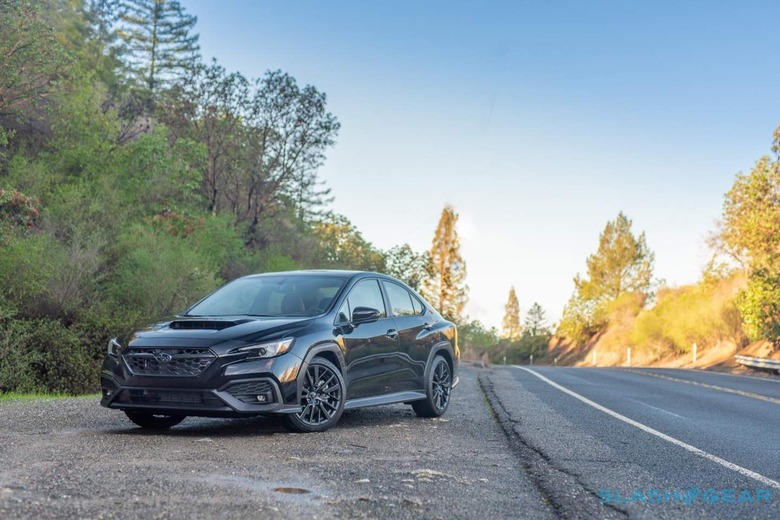
For the first time in the WRX's two-decade-long lifespan, it no longer shares a single panel with the Impreza it was born from. Every crease in the sheet metal is solely etched for the sporty turbo sedan and, personally, I appreciate the freedom the designers felt with the newest car. It continues the grown-up sports-car feeling of the outgoing generation, without falling into either bland commuter territory (in the vein of the last generation) or adding too many boy-racer try-hard accoutrements (yes, I'm looking at you, Bugeye, as beloved as you are).
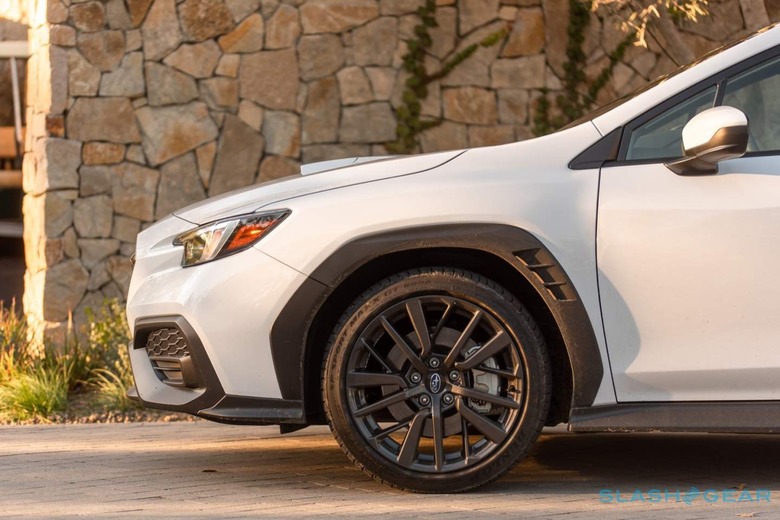
The wider flares leading into the understated, intricately textured taillights help give it 90s-era rally-box-flare character lines without looking comedically angry. The complete visual package works well together, especially in lighter colors that showcase the angular cladding more cleanly.
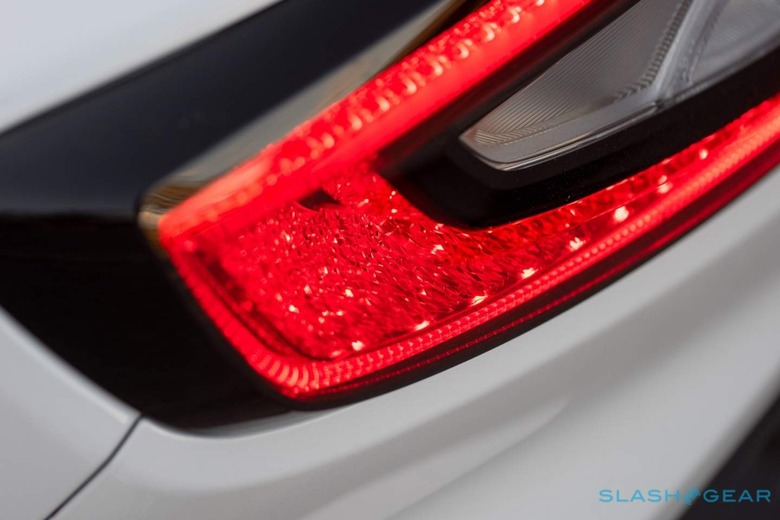
The interior is significantly revised over the fourth generation's as well, with the traditional double-screen center console of Subaru's older cars replaced with a single, portrait-oriented 11.6" touchscreen embedded in the dash in trims above the base. Sadly, the lowest trim gets two vastly smaller touchscreens, clunkily slapped into the same dash design; the base model feels vastly cheaper inside as a result of losing the larger screen the console is clearly meant for. No matter which trim buyers opt for, however, Apple CarPlay and Android Auto are standard.
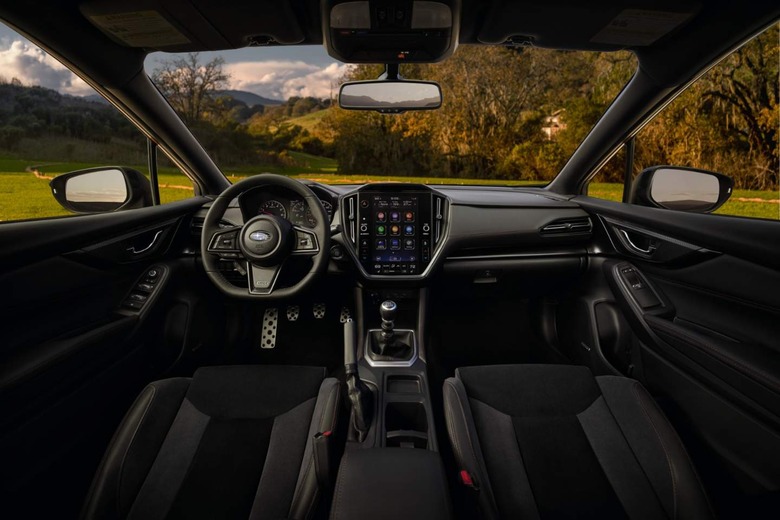
In higher trims with the larger, vertical screen, it's acceptably responsive and easy to use without feeling like the massive size is too distracting in motion. Subaru also offers the ability to use the large portrait display as a split screen, so that multiple features – navigation and radio, for example – can be seen simultaneously. Despite the centerpiece presentation of the massive screen, the WRX UI designers also made the smart decision to not hide key features deep in menus. The HVAC controls and basic radio functions still get physical knobs and switches.
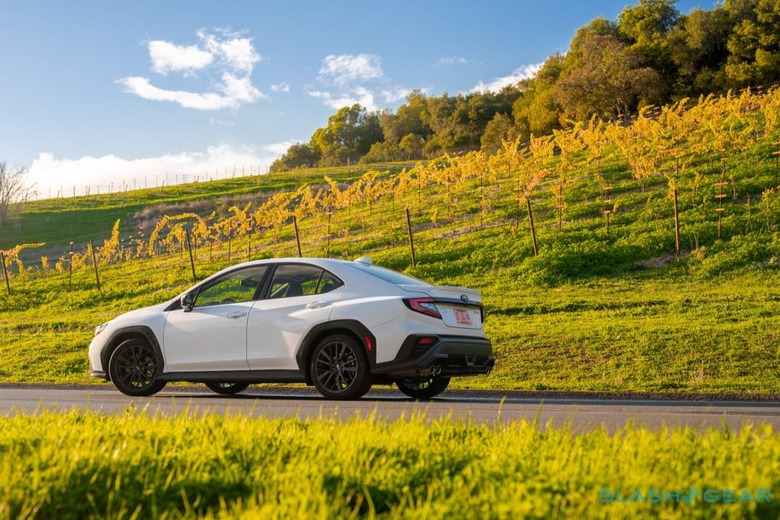
But let's be realistic: no one considering Subaru's turbocharged sports sedan is going to be solely weighing it on the merits of screen size. World Rally Blue is still one of the most popular colors on offer – despite the company not having campaigned a World Rally Championship team since 2008 – and the take rate for manual transmissions on the last generation was a staggering 85% of total sales. The WRX is here to have fun, and so Subaru threw me the keys to a six-speed and aimed me at the mountain passes of Sonoma to give me a chance to see how much of a good time it truly is.
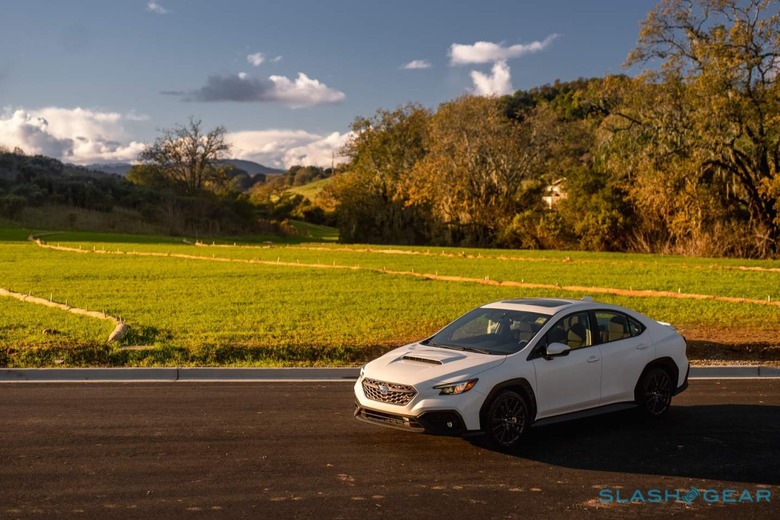
I immediately got to work having fun, womanhandling the wheel through tight uphill esses and switchbacks as I worked my way towards the coast. With the WRX in motion on the sports-car-paradise roads, it wasn't bad, but with a crowded sport sedan market and twenty years of history to carry on its flared haunches, it wasn't really fun, either. The steering was my immediate first complaint; it's newly revised, with a twin-pinion rack that allows for the electric power assist to live divorced from the steering column, ensuring that inputs are always linear and resistance is always consistent.
This is a great idea in theory, but as I wound through ensuing S-curves where the car should be communicating weight transfer or understeer or power slides, I simply felt nothing.

The response from the new rack is too robotically consistent, with no communication of what's actually happening on the road underneath the front wheels. That linear response removes all of the extra steering heft that should accompany transitioning the relatively weighty mass of the WRX from left to right and back again. On the rare wide corners where I would approach anything resembling the WRX's limits, it was definitely fast, and the relatively stiff suspension tuning – along with its 28% stiffer chassis – does help it carry a terrifying amount of speed through the turns.
Without the steering wheel talking me through my maneuvers and the road conditions beneath me, however, I never felt quite confident or clear on where its limits were, and it made my drive much less joyful.
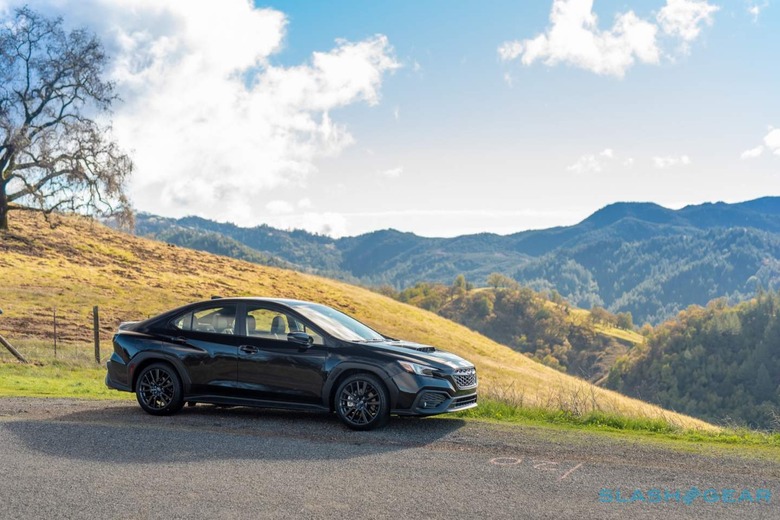
The rest of the car, too, I found deeply hit-and-miss. The six speed manual (the only transmission available for me to test – production issues have delayed the CVT model until Q1 2022) is satisfying to shift, with a relatively crisp and easy-to-slot throw and a nicely mechanical feeling when I found my gear of choice, and it's accompanied by a delightfully light flywheel that made rev-matching downshifts a joy. Unfortunately, the gear ratios are frustrating on 55 mph winding country roads: second gear ends at around 50 mph and the jump to third feels like a massive chasm the turbo is desperately trying to keep momentum through.
At higher speeds, keeping the car pulling hard from third to fourth is basically impossible. Despite this frustrating power delivery, 80 mph still keeps the motor – which redlines at a relatively low 6,000 RPM – churning at 3,000 RPM, which makes me wonder what the oddly wide gear ratios were in service of if not high-speed poise or fuel economy.
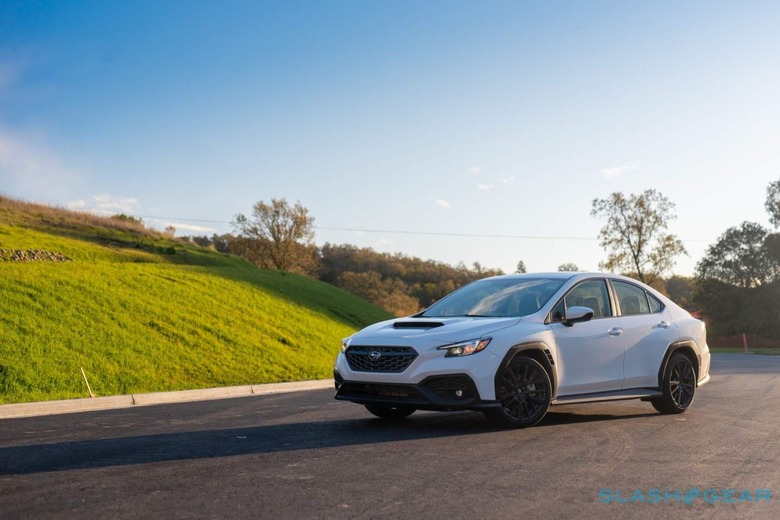
To its credit, the 2.4L punches hard as it approaches that 6,000 RPM redline, with peak power not hitting until 5,600 RPM; the last digit of the tachometer in the WRX before the needle bounces is a righteously radical blur. But, despite maximum torque kicking in at 2,000 RPM, the Boxer felt like it couldn't throw a punch below 3,000 RPM, and truthfully didn't start to hit harder until close to 4,000 RPM. This unfortunate power delivery, in conjunction with the strangely-geared manual, made the power band frustratingly tricky to stay inside.
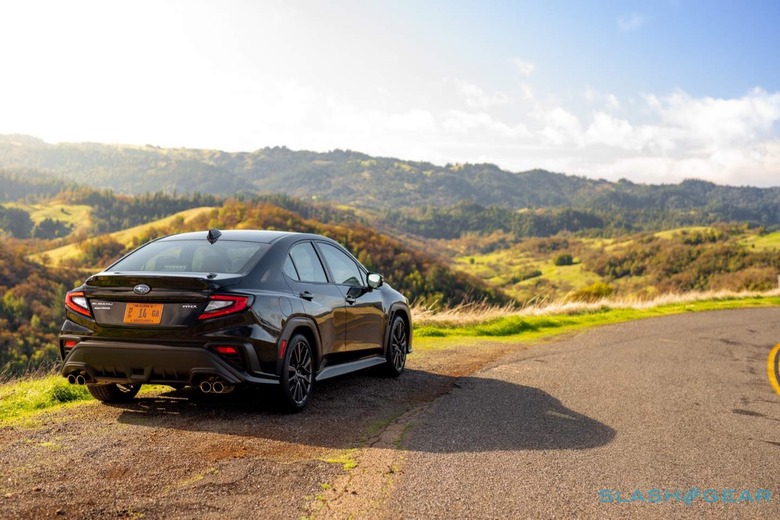
None of this is a knock against its daily-driver credentials. It's a fine commuter; the cabin was agreeable; and I found even the base seats comfortable. Around town in sedate driving, it's well-mannered. Subaru still clearly owns the sub-$30,000 sporty AWD sedan market outright, and if your criteria demand four driven wheels, a manual transmission, and a trunk, it's a fine choice.
All the same, it seems that the days of opposite-locked four-wheel slides through remote country roads are as distant a memory as the Mitsubishi Lancer that Subaru sparred with. Unfortunately for the 2022 WRX, there are more new sporty four-doors in town than ever before and, if you're willing to forgo all-wheel-drive, they know how to party harder.
